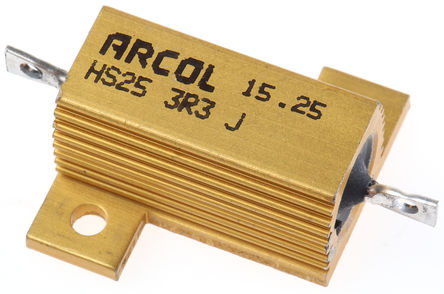I've read and watched a lot of basic electronic tutorials but I still don't quite get current.
So i bought an Antec power supply to play with. On the label it specifies +5V for a Max. 30A and Min 1.5 A
Does that mean that the minimum current it will output on the +5v is 1.5A?
I hooked it up to a blue LED and measure the current drawn which was about 80 mA. then hooked up the same LED to a "Switching Universal Power Supply" with a 4.5V and 1700mA rating and the current draw was about 8mA. Which didn't make any sense to me.
I wanted to clear up my confusion so I got a 10 Ohm - 5Watt resistor and connected it to each power supply as above. It drew over 400mA from the Antec power supply and 26 mA from the smaller one.
I don't understand where the rest of the current goes? I thought the Min. 1.5A on the label meant that the power supply was going to push that much current through whether needed or not even if it burns out the device?
And what happened to Ohm's law. The 10 Ohm resistor at 4.5V should draw 450mA but that did not happen with the smaller power supply?
So i bought an Antec power supply to play with. On the label it specifies +5V for a Max. 30A and Min 1.5 A
Does that mean that the minimum current it will output on the +5v is 1.5A?
I hooked it up to a blue LED and measure the current drawn which was about 80 mA. then hooked up the same LED to a "Switching Universal Power Supply" with a 4.5V and 1700mA rating and the current draw was about 8mA. Which didn't make any sense to me.
I wanted to clear up my confusion so I got a 10 Ohm - 5Watt resistor and connected it to each power supply as above. It drew over 400mA from the Antec power supply and 26 mA from the smaller one.
I don't understand where the rest of the current goes? I thought the Min. 1.5A on the label meant that the power supply was going to push that much current through whether needed or not even if it burns out the device?
And what happened to Ohm's law. The 10 Ohm resistor at 4.5V should draw 450mA but that did not happen with the smaller power supply?



